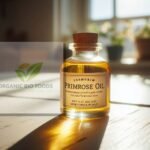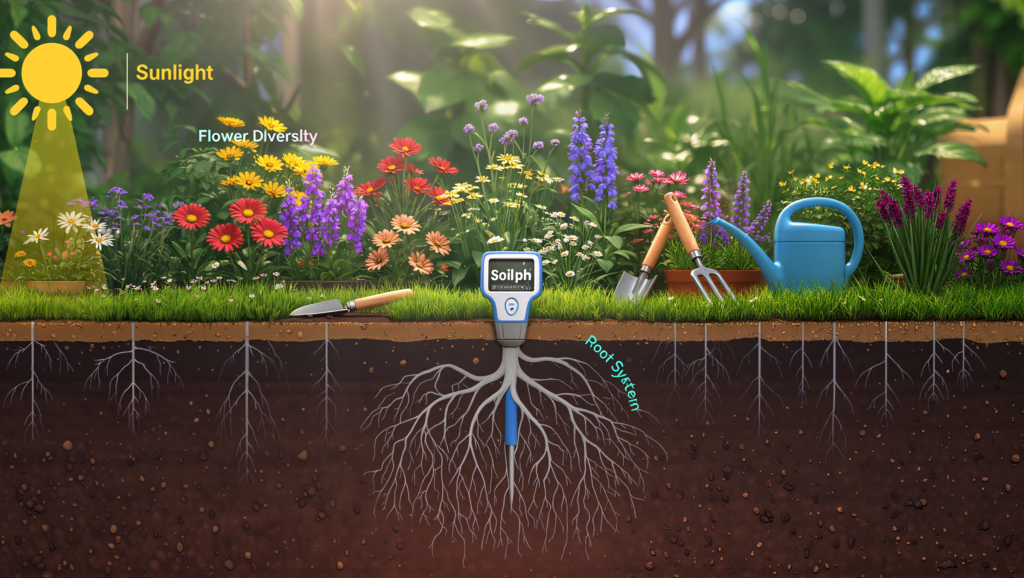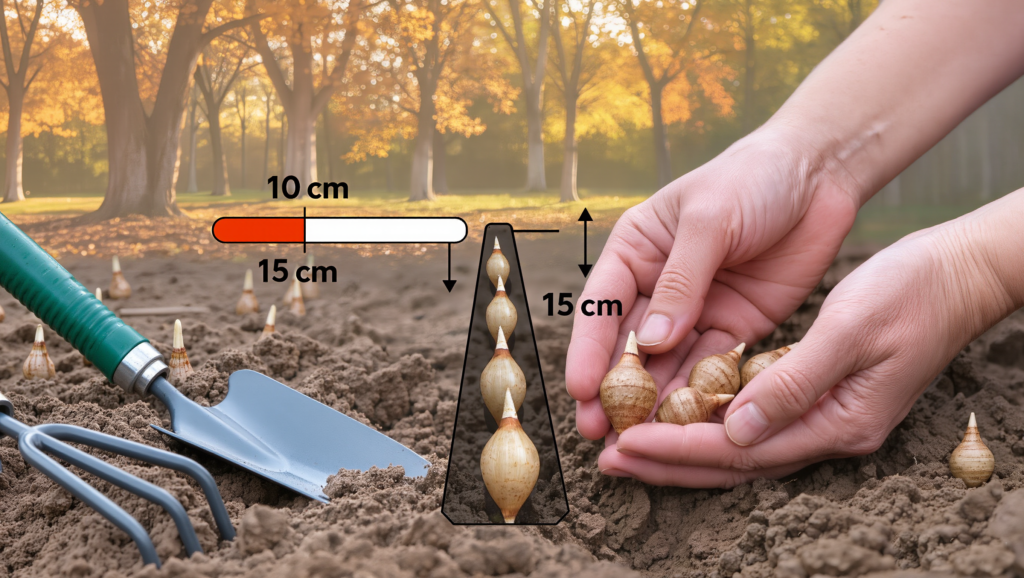If you’ve decided to grow organic food in your garden and are thinking about getting certified, congratulations! It’s an exciting and rewarding journey, but before you can proudly call your garden certified organic, there are a few crucial things to consider. Organic certification isn’t just about using fewer chemicals—there are standards you’ll need to meet. Whether you’re a home gardener or a small farm owner, here are five important things you need to cross-check before applying for an organic food certification.
1. Verify Your Soil’s Health and History
The first and perhaps most important step before applying for organic certification is checking the condition of your soil. Organic gardening starts from the ground up—literally! Healthy soil is the foundation of any organic system. When applying for certification, the certifying body will want to know the history of your soil, including what has been used on it in the past.
What You Need to Do:
- No Chemical Use for 3 Years: One of the main requirements for organic certification is that the soil must be free from prohibited chemicals (like synthetic pesticides, herbicides, and fertilizers) for at least three years prior to certification. If you’ve recently used these chemicals, you’ll need to wait until that period has passed.
- Test Your Soil: Even if you haven’t used synthetic chemicals, it’s a good idea to have your soil tested to check for any residual chemicals or contaminants that could disqualify you from certification. Soil testing kits are available at garden centers, or you can send samples to a professional lab.
Healthy soil will not only help you get certified but also support healthier plants, leading to higher yields and better-quality produce. Building up the organic matter in your soil through composting, mulching, and crop rotation can enhance soil health and help you meet organic standards .
2. Review Your Pest and Weed Control Methods
One of the biggest challenges in organic gardening is dealing with pests and weeds without relying on synthetic chemicals. The methods you use to control these issues will be scrutinized during the certification process. You must demonstrate that you’re using only approved organic methods for pest and weed control.
What You Need to Do:
- Use Natural Pest Control: Organic gardening relies on natural pest control methods, such as introducing beneficial insects, using organic sprays (like neem oil or insecticidal soap), and employing physical barriers like row covers.
- Practice Crop Rotation and Companion Planting: These techniques help prevent pest build-up and can naturally reduce weed growth. For instance, planting marigolds near tomatoes can repel certain pests. Similarly, rotating crops can help break pest cycles, keeping your garden healthier.
- Avoid Prohibited Substances: Be careful about the products you use. The National Organic Program (NOP) provides a list of substances that are allowed and prohibited. For instance, synthetic herbicides and most chemical pesticides are banned, but natural ones like diatomaceous earth or horticultural oils are allowed.
Having a solid pest and weed management plan in place will ensure your garden thrives without violating organic certification rules .
3. Ensure You Use Organic Seeds and Plants
To be certified organic, you must use organic seeds or plants when starting your garden. This ensures that from the very beginning, your crops are grown in line with organic principles. If organic seeds are unavailable, you may be allowed to use untreated conventional seeds, but only if you can prove that organic seeds were not available.
What You Need to Do:
- Buy Certified Organic Seeds: Always source your seeds from a supplier that offers certified organic seeds. Look for organic certification labels to ensure you’re complying with regulations.
- Document Your Seed Sources: Keep detailed records of where you got your seeds or plants. Certifiers will require documentation showing that the seeds you used were either organic or, if not available, untreated. Save your seed catalogs, receipts, and any correspondence with seed suppliers.
The use of organic seeds is essential in maintaining the integrity of organic food production. Non-organic seeds may carry pesticide residues or be genetically modified (GMOs), both of which are prohibited in organic gardening .
4. Set Up a Sustainable Fertilization System
Fertilizing your plants is crucial for growth, but in organic gardening, you must only use approved organic fertilizers. These typically come from natural sources such as compost, animal manure, or specific organic fertilizers made from plant or mineral sources. Synthetic fertilizers are not allowed in organic certification.
What You Need to Do:
- Use Compost and Organic Fertilizers: If you’re already composting kitchen scraps, yard waste, and animal manure, you’re off to a good start. Composting is not only a great way to recycle waste but also provides your plants with a slow-release source of nutrients that improve soil structure.
- Use Organic-Approved Fertilizers: If you need to supplement your compost with additional fertilizers, make sure they’re on the approved list for organic gardening. Bone meal, blood meal, kelp meal, and fish emulsion are popular organic fertilizers.
- Avoid Synthetic Fertilizers: Common synthetic fertilizers like ammonium nitrate and urea are prohibited in organic systems. These can disrupt soil biology and leave harmful residues in your crops, disqualifying your garden from certification.
Properly managing your soil’s nutrients will not only help your plants grow better but also ensure you’re in compliance with organic certification requirements .
5. Document Everything: Keep Records of Your Organic Practices
The final, but one of the most critical steps before applying for organic certification is ensuring you have detailed records of everything you do in your garden. Organic certification is not just about what you do—it’s also about proving that you’re following the rules. You’ll need to provide documentation of your gardening practices, purchases, and inputs throughout the certification process.
What You Need to Do:
- Keep a Garden Journal: Document everything you do in your garden, from seed sourcing to pest control methods, fertilization, and crop rotations. A well-kept garden journal will serve as your record of organic compliance.
- Save Receipts and Product Labels: Keep all receipts and product labels for seeds, fertilizers, and pest control products. This will help show certifiers that the inputs you used were in line with organic standards.
- Track Crop and Yield Data: Documenting how much you planted and what you harvested will also be required for certification. Be as detailed as possible, noting planting dates, crop varieties, and any issues that arose during the growing season.
Having accurate and complete records not only makes the certification process smoother but also helps you become a better gardener by allowing you to track what works and what doesn’t .
Conclusion
Applying for organic food certification for your garden is a rewarding process, but it requires careful attention to detail. By ensuring your soil is healthy, using organic seeds, following approved pest and weed control methods, using organic fertilizers, and keeping detailed records, you’ll be well on your way to becoming a certified organic grower.
Sources:
- “Organic Certification Standards.” USDA National Organic Program.
- “Soil Health and Organic Farming.” Soil Science Society of America.
- “The Importance of Organic Seed in Sustainable Agriculture.” Organic Seed Alliance.
- “Pest and Weed Control in Organic Farming.” The Rodale Institute.
- “Composting and Organic Fertilizers: A Complete Guide.” Gardeners’ World.








